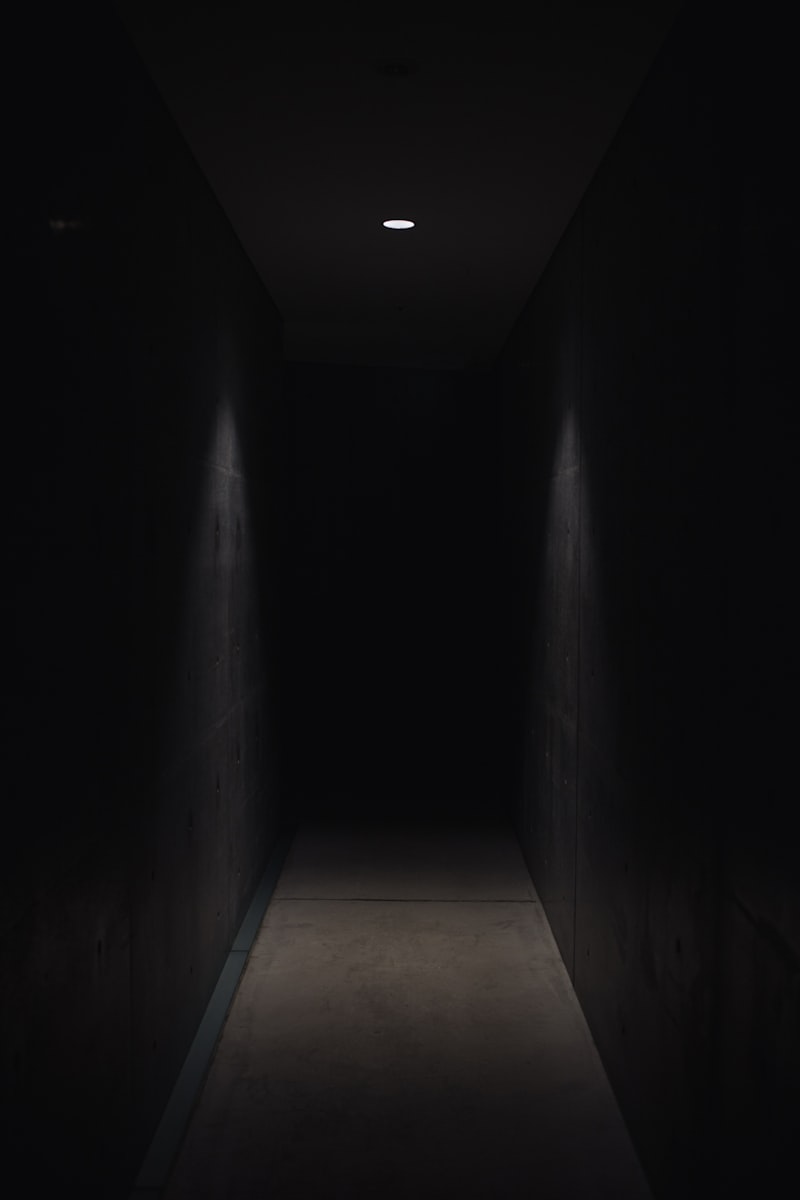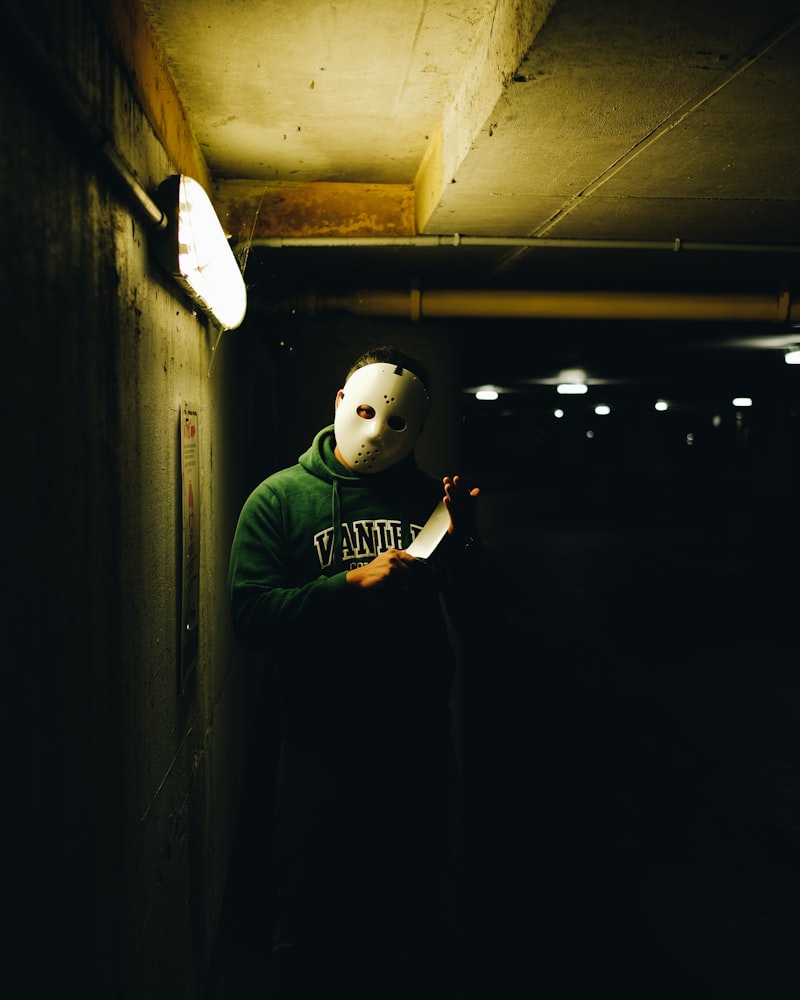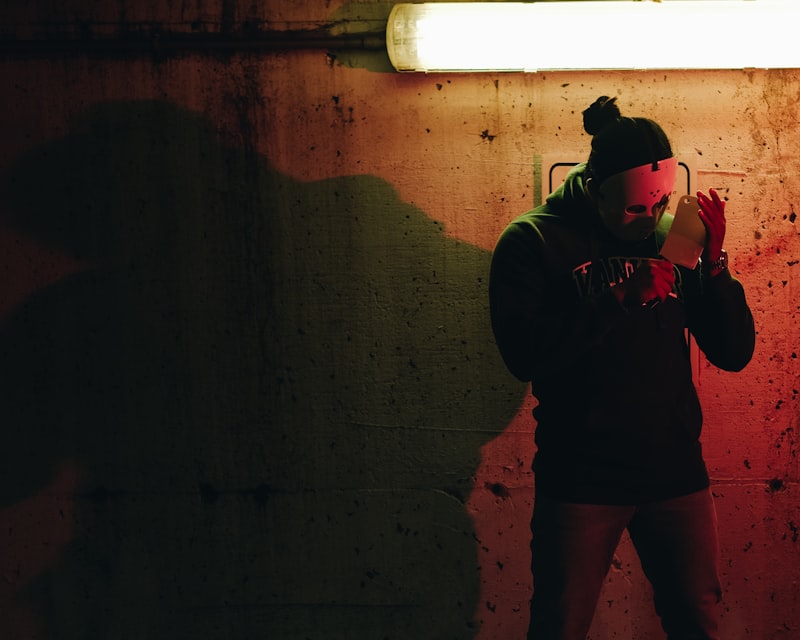One of the most striking impacts of horror films is their ability to tap into universal fears and anxieties. By exploring themes like death, the supernatural, and the unknown, these movies evoke visceral responses that resonate with viewers on a primal level. This shared experience fosters a sense of community among fans, who bond over their shared thrill-seeking and adrenaline rushes.
Moreover, horror films have proven to be trendsetters in the entertainment industry. Iconic characters like Freddy Krueger and Jason Voorhees have transcended the silver screen to become cultural icons, spawning merchandise, Halloween costumes, and even themed attractions. The genre’s influence extends beyond film into literature, video games, and immersive experiences, perpetuating its enduring legacy in popular culture.
In addition to shaping trends, horror films often serve as a reflection of societal fears and anxieties. They provide a safe space for exploring taboo subjects and confronting the darker aspects of human nature. Themes of survival, morality, and the consequences of unchecked ambition are recurrent motifs that resonate with contemporary audiences, offering poignant social commentary amid the scares.
Furthermore, the evolution of horror films parallels advancements in filmmaking technology and storytelling techniques. From classic suspense to psychological horror and found footage, filmmakers continually push boundaries to innovate and captivate audiences. This creative evolution ensures that horror remains a dynamic force in entertainment, adapting to societal shifts while retaining its core ability to thrill and terrify.
Ultimately, the impact of horror films on popular culture is profound and multifaceted. They entertain, provoke, and challenge audiences, leaving a lasting impression that extends far beyond the confines of the cinema screen. As the genre continues to evolve, its influence on art, entertainment, and societal discourse remains as potent as ever, ensuring that the thrill of a good scare will continue to captivate audiences for generations to come.
From Scream Queens to Cultural Icons: How Horror Films Redefined Stardom
In the realm of cinema, horror films have wielded a unique power to transform actors into cultural icons. Traditionally, stars were minted through romantic comedies or epic dramas, but the horror genre offered a different path to stardom. It took more than just acting chops; it required an ability to elicit fear and intrigue from audiences worldwide.
Take Jamie Lee Curtis, for example. Known as the original “Scream Queen,” Curtis rose to fame with her iconic role in John Carpenter’s ‘Halloween’ (1978). Her portrayal of Laurie Strode not only terrified audiences but also solidified her as a symbol of strength in the face of terror. Curtis’s ability to navigate the intense emotions of fear and survival resonated deeply, making her a revered figure in both horror and mainstream cinema.
Similarly, actors like Robert Englund, who portrayed the infamous Freddy Krueger in ‘A Nightmare on Elm Street’ series, transcended the screen to become synonymous with horror itself. Englund’s portrayal of the dream-stalking villain not only terrified viewers but also elevated him to a status where his name became synonymous with the genre.
What sets these actors apart is their ability to embody the essence of fear while maintaining a sense of relatability and charisma. Unlike traditional Hollywood stars, horror icons often thrive on their ability to invoke intense emotions and reactions from audiences. They become symbols of resilience, confronting the darkest aspects of human imagination and emerging as champions of survival.
Beyond Fear: How Horror Movies Influence Fashion Trends

Take, for instance, the resurgence of Victorian-era fashion in recent years. Corsets, lace, and high collars reminiscent of ghostly apparitions have made a comeback, thanks in part to period horror films. Their eerie elegance has captured the imagination of fashionistas looking to blend historical charm with a touch of the macabre.
Moreover, horror movies have a knack for creating iconic looks that resonate far beyond the screen. Leather jackets and rugged boots owe their rebellious appeal to protagonists battling supernatural forces. These characters embody resilience, and their attire reflects a tough, survivor mindset that resonates with modern fashion sensibilities.
But it’s not just about specific garments; horror movies often dictate broader trends in color and texture. Dark, moody palettes dominate collections following blockbuster horror releases, as designers tap into the psychological impact of shadows and shades. Fabrics like velvet and silk, associated with luxury and mystique, find themselves interwoven into fashion lines inspired by haunted estates and ancient curses.
In essence, horror movies have carved a niche in the fashion world by embracing the unconventional and embracing the unconventional. They challenge norms, prompting audiences to rethink the boundaries of style and self-expression. By blending the fantastical with the wearable, these films continue to influence how we dress and how we perceive fashion’s role in our lives.
Nightmares to Nostalgia: The Enduring Legacy of Classic Horror Films
Imagine the flickering of black-and-white frames as Dracula’s cape billows in the wind or the infamous shower scene in Psycho where every drop of water becomes a harbinger of dread. These scenes are not just about terror; they are about the mastery of suspense and the ability to elicit an emotional response that lingers long after the credits roll.
What makes these films timeless is their ability to resonate with audiences across generations. They speak to universal fears—fear of the unknown, fear of darkness, and fear of the monsters lurking within ourselves. In a way, they are mirrors reflecting our deepest anxieties, amplified through the lens of fiction.

Take Alfred Hitchcock’s Vertigo, for example. Beyond its suspenseful plot twists, it explores themes of obsession and identity, inviting viewers to question their own perceptions of reality. Similarly, The Exorcist delves into the battle between good and evil, leaving an indelible mark on anyone who dares to watch.
Moreover, these films are not merely relics of the past; they have influenced countless filmmakers who continue to draw inspiration from their narratives and techniques. Directors like Jordan Peele and Ari Aster have reinvigorated the genre, infusing it with modern social commentary while paying homage to its classic roots.
Classic horror films are more than just a collection of scares—they are cultural touchstones that continue to shape the landscape of cinema. Whether it’s the haunting melodies of Jaws or the psychological torment of The Shining, these movies remind us of the power of storytelling to provoke, inspire, and endure. They transform nightmares into nostalgia, ensuring their legacy remains eternally etched in the annals of film history.
Box Office Bloodbath: Horror Movies and Their Economic Impact
Imagine a darkened theater, hushed whispers, and hearts racing as the protagonist tiptoes towards the ominous door. Horror movies excel at invoking visceral reactions, from bone-chilling fear to adrenaline-pumping suspense, compelling viewers to fill theater seats time and again. This emotional rollercoaster isn’t just entertainment; it’s a financial jackpot.
Consider the modest budgets that often birth these cinematic nightmares. Unlike their blockbuster counterparts laden with exorbitant costs, horror flicks frequently thrive on minimal resources, maximizing returns with shrewd storytelling and spine-tingling scares. This lean approach means even a moderate turnout can spell massive profits, turning low-budget productions into box office behemoths.
Moreover, the allure of horror transcends borders and cultures, tapping into primal fears and universal anxieties. Whether it’s a haunted house in New England or a cursed village in Japan, these tales of terror resonate globally, ensuring a broad audience base and robust international sales. In an interconnected world hungry for thrills, horror movies offer a cultural exchange of fear, reaping financial rewards with each shiver-inducing scream.
Yet, beneath the surface lurks an economic alchemy that transforms fright into financial fortune. By leveraging suspense, shock, and psychological intrigue, horror films forge a bond with viewers that transcends mere entertainment, ensuring their enduring appeal and economic resilience.
As the box office tally rises and ticket stubs pile high, horror movies continue to carve their mark not only on screens but also in the annals of cinematic economics. They stand as testament to the enduring power of fear, proving that in the realm of movies, terror isn’t just a genre—it’s a profitable passion.
Streaming Scares: How Horror Films Dominate Online Viewing Habits
In today’s digital age, where entertainment options abound, horror films have carved out a unique niche in online viewing habits. The allure of a good scare seems to transcend cultural boundaries and time zones, captivating audiences worldwide. But what is it about horror films that make them so irresistible to viewers online?
Firstly, it’s the adrenaline rush. Unlike other genres that may focus on romance or comedy, horror films tap into our primal instincts of fear and survival. They keep us on the edge of our seats, hearts racing, as we anticipate what might lurk in the shadows next. This thrill is not just a fleeting emotion but a powerful magnet that draws viewers back for more.
Moreover, horror films offer a cathartic experience. They allow us to confront our deepest fears in a controlled environment. By immersing ourselves in these chilling narratives, we undergo a psychological journey where our anxieties are acknowledged and sometimes even exorcised. This emotional release can be surprisingly satisfying, leaving us both shaken and stirred.
Additionally, the rise of streaming platforms has democratized access to horror films. No longer confined to theaters or specialty stores, these movies are now a few clicks away on our devices. This accessibility has fueled a resurgence in interest, especially among younger audiences who seek out new thrills and experiences online.
Furthermore, the communal aspect cannot be overlooked. Horror films often become social phenomena, sparking discussions and debates among friends and online communities. Whether dissecting the plot twists or debating the merits of jump scares, these films foster a sense of shared experience that enhances their appeal.
Horror films have cemented their place in online viewing habits by offering a potent mix of adrenaline, catharsis, accessibility, and social engagement. As streaming continues to evolve, one thing remains clear: our fascination with the macabre and the mysterious will continue to fuel the dominance of horror films in the digital realm. So, dim the lights, grab your popcorn, and prepare for a spine-chilling journey into the world of online horror streaming.
Monster Merchandise: The Business of Selling Fear in Pop Culture
Monsters aren’t just scary; they’re symbolic. They represent our deepest fears and the mysteries of the human psyche. Whether they lurk in the shadows of horror movies or leap off the pages of chilling novels, monsters evoke a visceral reaction that keeps us both terrified and intrigued.
Take zombies, for instance. These undead beings, once confined to B-grade movies, now shuffle across our screens in blockbuster TV series and video games. The zombie craze isn’t just about gore; it taps into our primal fear of loss of control and the collapse of society.
In the realm of merchandise, monsters are big business. Think about the countless T-shirts adorned with iconic images of Frankenstein’s monster or the cute-yet-creepy plush toys modeled after classic horror villains. These products not only cater to fans of the genre but also serve as nostalgic reminders of our favorite scares.


But why do we willingly spend money on things that scare us? It’s because, deep down, we enjoy the thrill of being frightened in a safe environment. Just like riding a roller coaster, engaging with monster merchandise allows us to experience fear without real danger.
Moreover, monster merchandise isn’t limited to horror enthusiasts. It has seeped into mainstream culture, influencing fashion trends, home décor, and even children’s toys. The allure of monsters transcends age and gender, appealing to anyone who craves a bit of excitement and mystery in their lives.
Frequently Asked Questions
What makes horror films influential in pop culture?
Explore how horror films captivate audiences through suspense, fear, and psychological intrigue, shaping popular culture with their ability to provoke intense emotional responses and enduring fascination.
How have horror films evolved over time and influenced other media?
Explore the evolution of horror films over time and their profound influence on various forms of media. Discover how these movies have shaped storytelling, visuals, and audience expectations across literature, television, and digital platforms.
What are the key elements that make a horror film iconic?
Discover what makes a horror film iconic with our concise guide. Learn about the essential elements that create lasting fear and suspense, from compelling characters and chilling atmosphere to masterful suspense-building techniques.
How do horror films shape societal norms and fears?
Discover how horror films influence and reflect societal norms and fears, exploring their impact on cultural perceptions and collective anxieties.
Why do audiences enjoy being scared by horror movies?
Discover why audiences are drawn to the thrill of horror movies, exploring the psychology behind the adrenaline rush and cathartic release provided by fear. Understand the appeal of confronting the unknown in a safe environment, where suspense and terror create an exhilarating experience.



